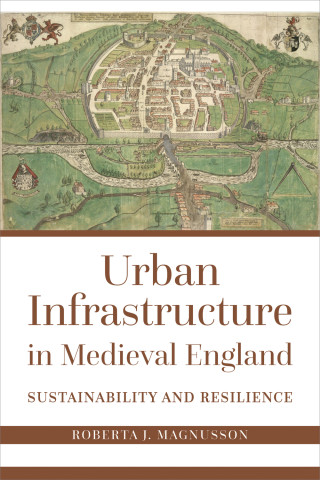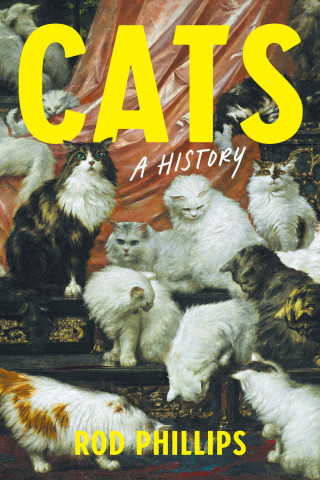
Reviews
The Chase and Ruins is a captivating and stimulating examination of Zora Neale Hurston's itinerant global life. As a daughter of both Zora and of the African diaspora, Sharony Green follows in Zora's footsteps while both women connect with different aspects of Honduran history and culture. As central to this text as Zora, Honduras is woven into Zora's life and legacy, filling in chasms and gaps in her trajectory, ambitions, and final works. This book reminds us that Zora Neale Hurston belongs to the entire world. It is a must-read for all Zora readers and lovers of literature.
The Chase and Ruins is a prismatic excavation of the most underrepresented period of Zora Neale Hurston's life. But Sharony Green doesn't just tell the story. There is love in these pages.
With minute examination of Hurston's correspondence and extensive speculation and imagining, Sharony Green seeks to recover Hurston's stay in Honduras in 1947. Layered with history, geography, agriculture, politicians, businesspeople, researchers, and travel writers, the book emphasizes that Hurston is still as mysteriously intriguing as she was at the peak of her career.
This compelling chronicle of Zora Neale Hurston's quixotic search for a Mayan ruin explores the political, social, and historical context of Hurston's final years, the last chapter of a fascinating life informed, but not defined, by her identity as a Black American woman. A powerful book.
A lush postcard of a book—beautifully written, compulsively readable, and startlingly poignant. Mining a treasure trove of personal letters and rarely considered primary materials, Green reveals not only the interior struggles of the great Zora Neale Hurston in the latter stage of her career but also the backroom chatter of Harlem Renaissance legends like Langston Hughes and Arna Bontemps. Longing, creativity, competition, decline, racial politics, and US identity in a transnational American context are all explored in this elegant take on Hurston's Honduran sojourns.
By critically exploring Zora Neale Hurston's Honduras sojourn, Green convincingly reveals how the Harlem Renaissance author's Mayan ruin search provided the necessary spiritual sustenance for completing Seraph on the Suwannee while also coping with her declining career and final years in South Florida.
This important book changes what we thought we knew. By asking largely overlooked questions about why Hurston searched for Mayan ruins in Honduras, Green's reporter's eye, scholarly dedication, and engaging narrative complicate an icon. Hurston said that Honduras gave her back her self. Green enriches Hurston to gift us the writer anew.
Book Details
Foreword
Chapter One
Chapter Two
Chapter Three
Chapter Four
Chapter Five
Afterword
Bibliography
Acknowledgments






